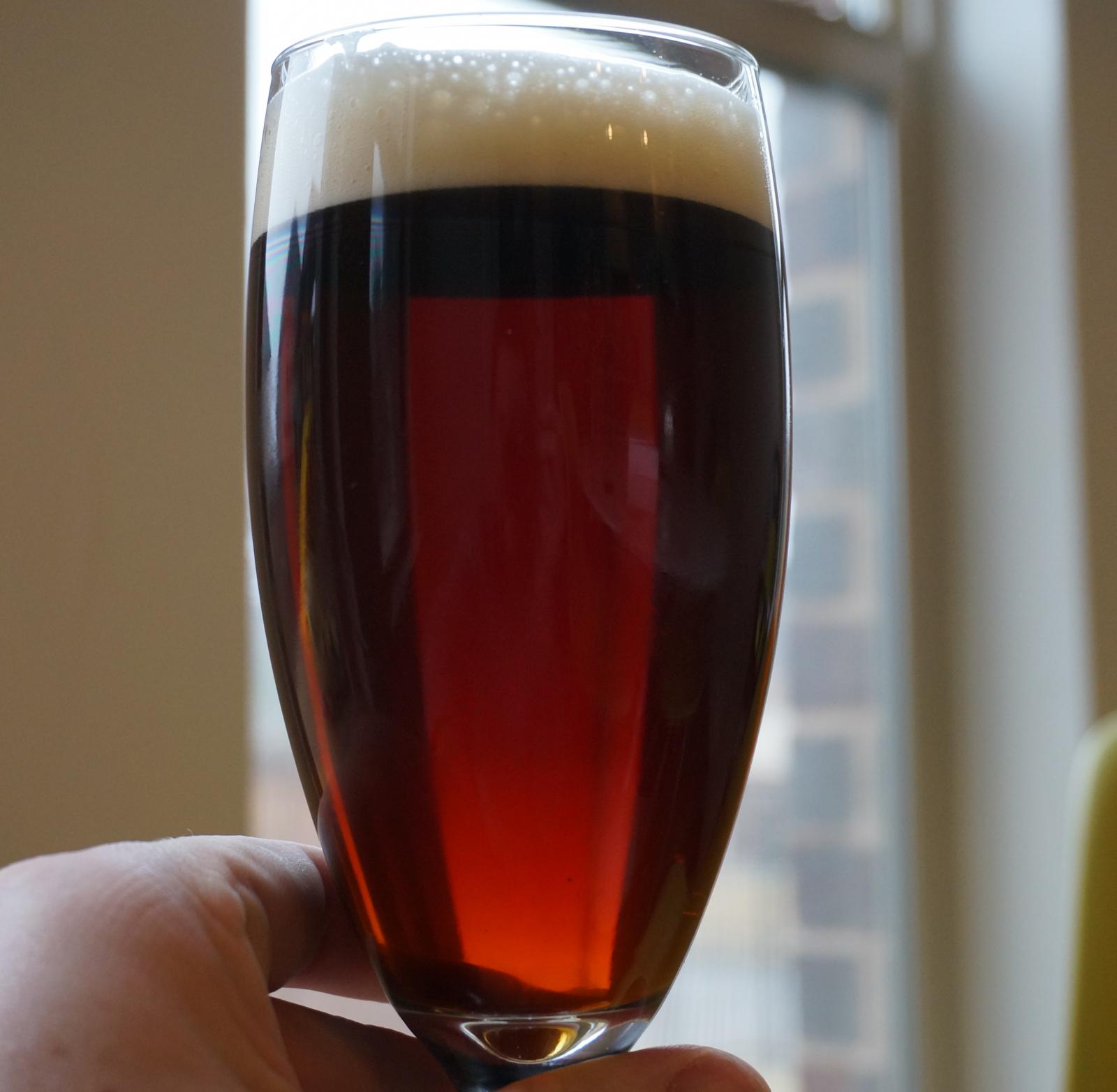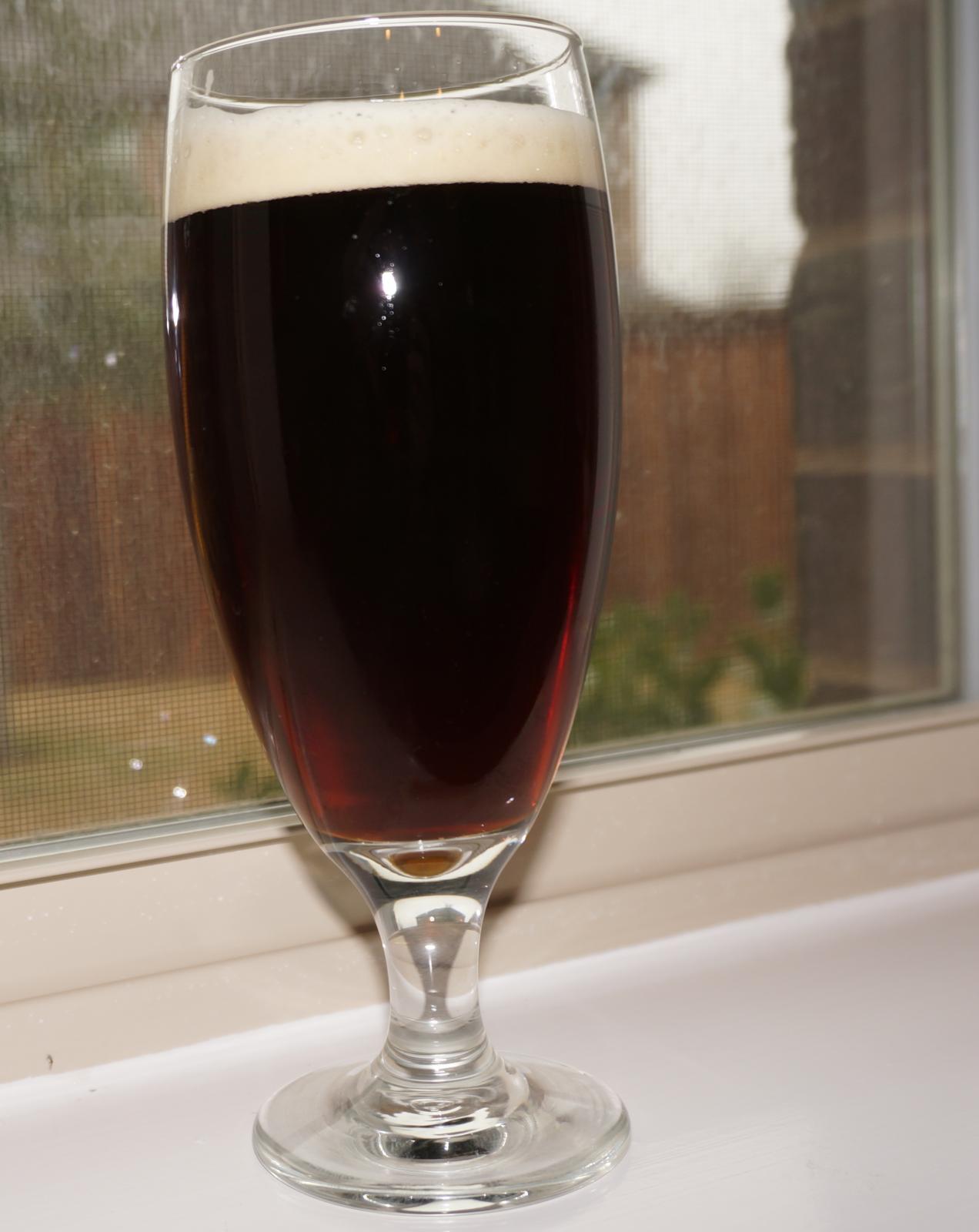barleywhore69
Well-Known Member
...
I am personally a bit of an environmental nazi and the whole throw away oxygen canister gives me the creeps, but that is just my own neurosis. No one should be as neurotic as me. You oxygenate much faster and perhaps more fully than my aquarium bubbler.
I was mostly thinking about the cost of the oxygen when I thought about wort oxygenation. It must be incredibly frustrating to be that neurotic about recycling. The fact that you mention it like this just from seeing one picture of an oxygen tank seems kind of odd. I complain a lot but that just strikes me as, well, neurotic. I may not sound like it, but I'm sympathizing. Oh, brains! :cross:


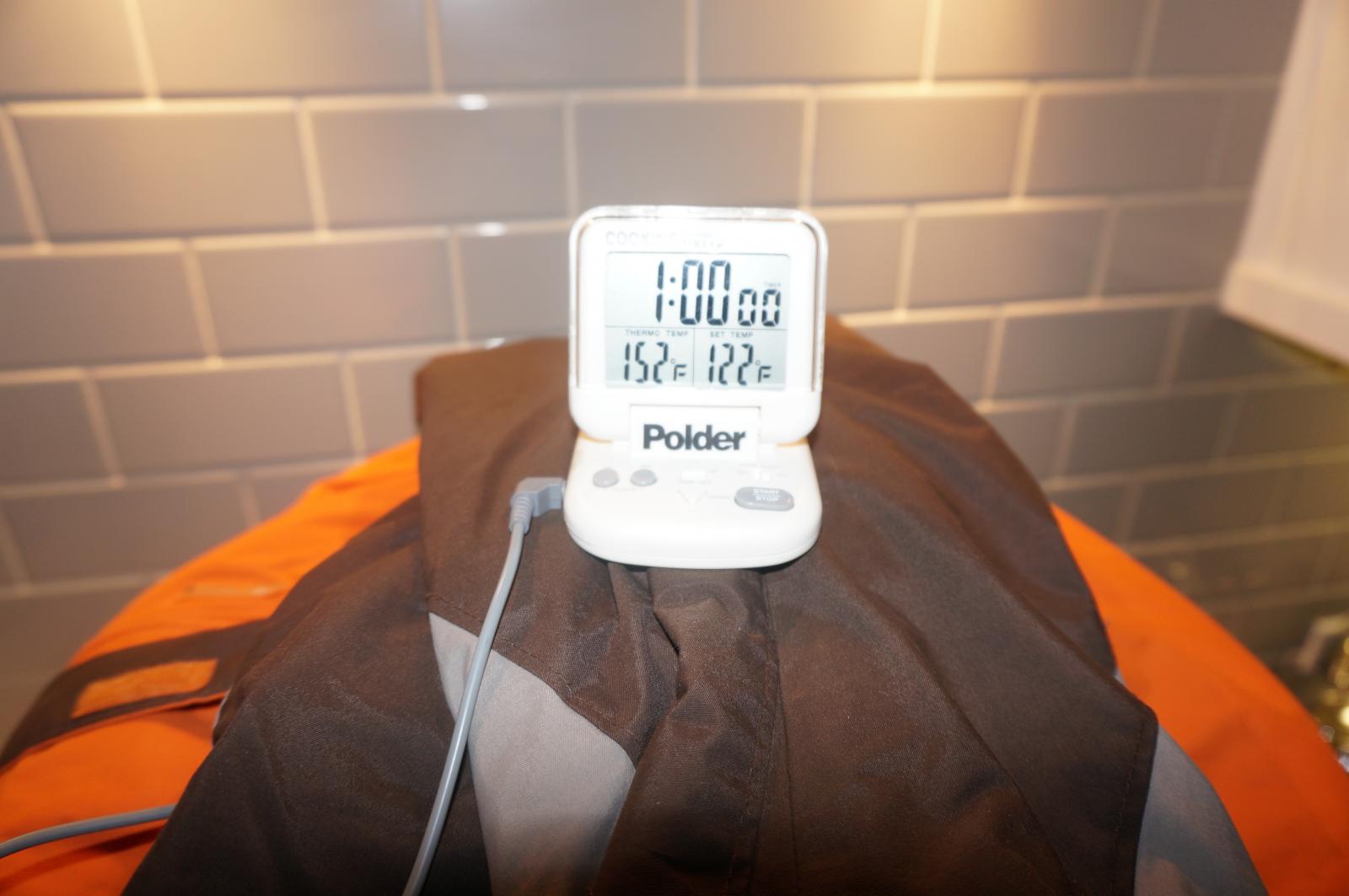
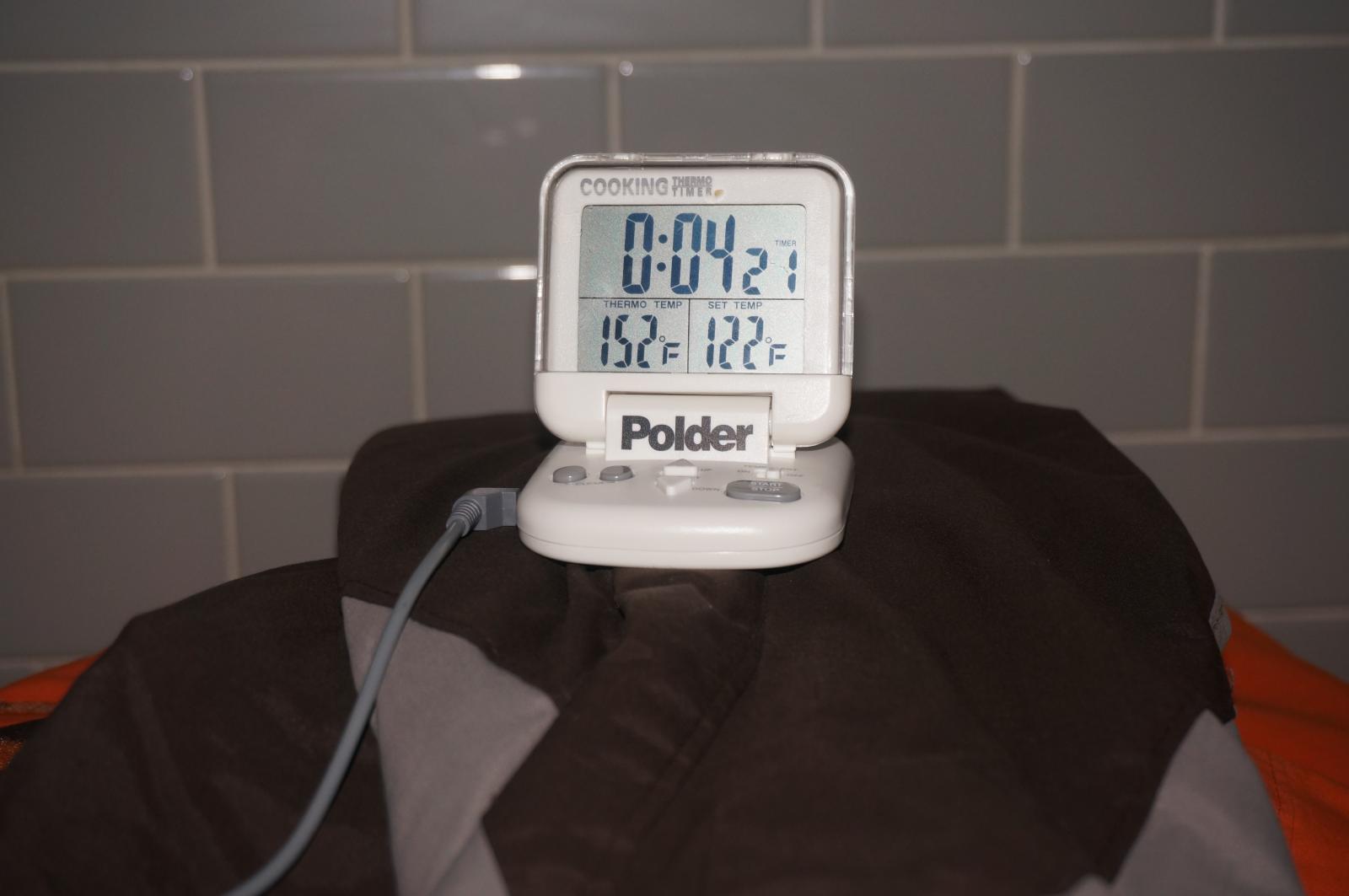
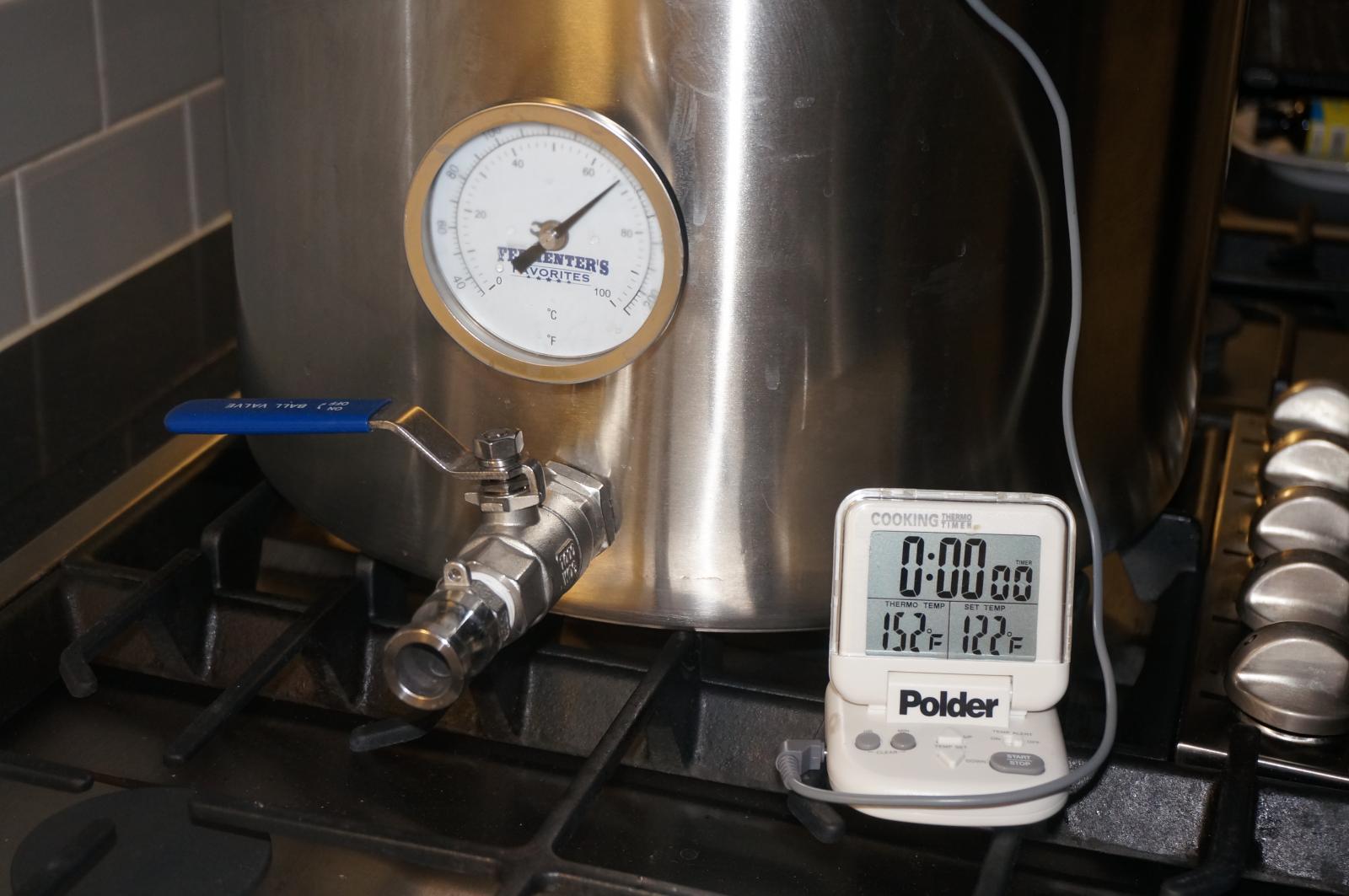



















































![Craft A Brew - Safale BE-256 Yeast - Fermentis - Belgian Ale Dry Yeast - For Belgian & Strong Ales - Ingredients for Home Brewing - Beer Making Supplies - [3 Pack]](https://m.media-amazon.com/images/I/51bcKEwQmWL._SL500_.jpg)




